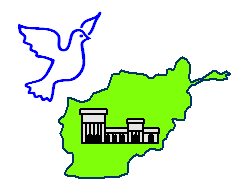
Definitions of Key Terms and Concepts
![]()

Micro-Enterprise: A business in a low-income country with the following characteristics:
-
Has under 10 employees, often family members,
-
Has limited capital assets, often under $1,000,
-
Is often located in the home or yard,
-
Uses simple technologies,
-
Is labor intensive,
-
Obtains its raw materials locally,
-
Markets its products locally.
Poor: A person who lives below the poverty line with insufficient access to economic resources to acquire enough commodities to meet basic needs (basket of goods that satisfy basic needs, health, education, social services, infrastructure, political enfranchisement, insurance against economic risk).
Poorest: A person in the bottom half of those below the poverty line.
Poverty-Free: Grameen Bank's definition of being free from poverty:
-
House: Having a house with a tin roof,
-
Furnishings: Having beds or cots for all members of the family,
-
Water: Having access to safe drinking water,
-
Latrine: Having access to a sanitary latrine,
-
Education: Having all school-age children attending schools,
-
Clothing: Having sufficient warm clothing for winter,
-
Having mosquito nets,
-
Healthy Eating: Having a home vegetable garden,
-
Food: Having no food shortages, even during the most difficult time of a very difficult year,
-
Income: Having sufficient income-earning opportunities for all adult members of the family.
Small Business: A small business is a more advanced business enterprise than a micro-enterprise with significant growth and job creation potential:
-
Can have up to 100 or more employees, most of whom are not family members,
-
Has capital assets: equipment, building, inventory, etc.
-
Is generally not located in the home or yard,
-
Uses more advanced technologies, such as computers, specialized equipment, automation, etc.
-
Is professionally managed by literate / trained craftsmen / business managers,
-
Obtains its raw materials from many sources,
-
Markets its products locally or outside the region.
![]()
Home | Contact
An Equal Opportunity Employer and Program Administrator
Copyright © 2003-2025 Afghan Small Business Development Institute, Inc.